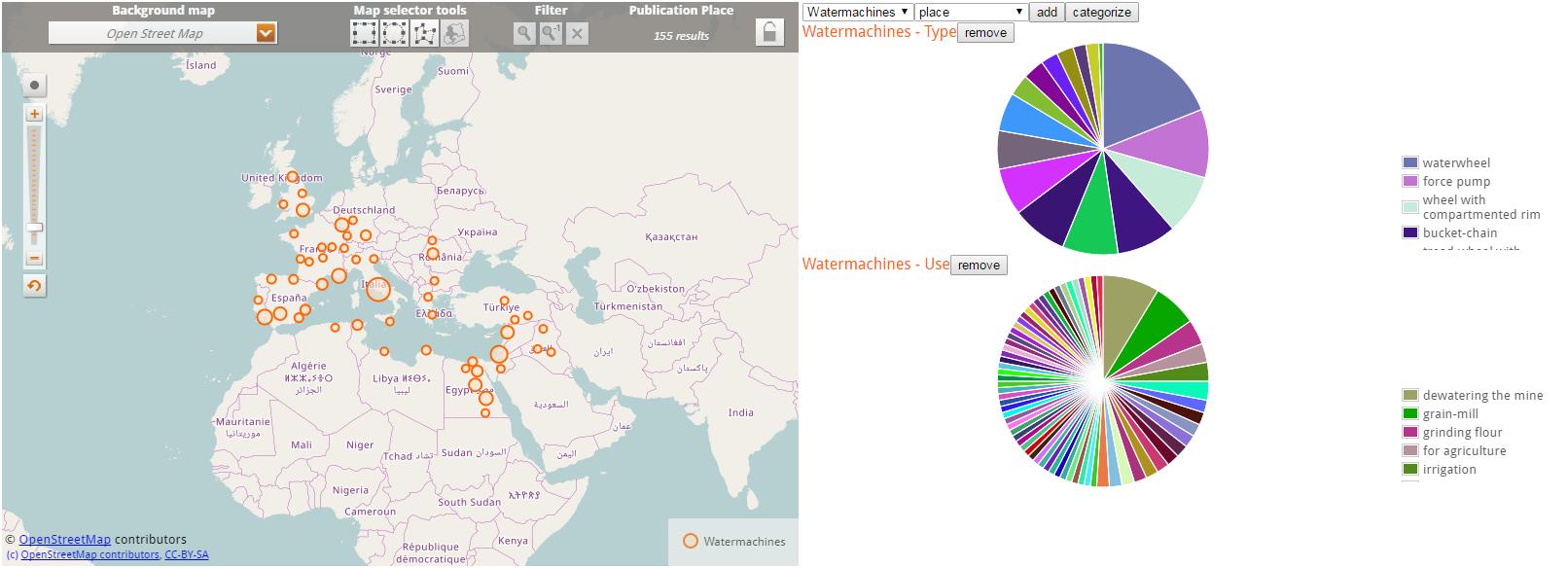This research project investigates the emergence of hydromechanics in the context of water management systems from antiquity to the Middle Ages.
Research
Technology, technological innovations and technological knowledge diffusion processes represent a constant and continuous impulse towards theoretical development. The objective of this research project was the systematic mapping of water technology, and hence of the course of technological knowledge diffusion processes in diverse epochs and regions of the ancient and medieval world. In this way, research into diffusion mechanisms involving knowledge and technological experience was conducted.
Water management concepts involve the idea that quantities of water are measurable. In Hellenistic sources, for example, one encounters theoretical approaches aimed at measuring quantities of flowing water by applying hydrodynamic considerations (a good example is the sophisticated technology of ancient water clocks, see (A-3-8) The water clock). Every kind of regulation of water usage – e.g. legal regulation – suggests that it was necessary to develop systems for measuring water (a good example for legal water regulations and antique governance structures can be found at (A-3-4) Water From a Legal Perspective.
Moreover the technological development of water lifting devices was of central interest. The ancient hotspot of technological advances therein was located in Hellenistic Alexandria. Some of these water-lifting mechanisms and technologies became a matter of everyday life whereas others remained impractical or of minor importance.
During the research a comprehensive database for the diffusion of the ancient water technologies was created: https://drupal.mpiwg-berlin.mpg.de/watermachines/.

